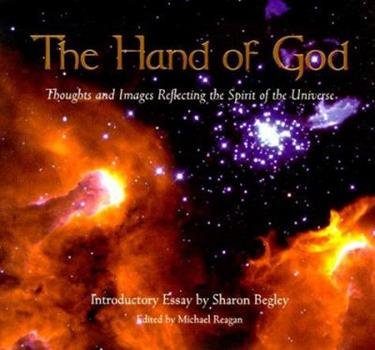Food For Thought: Braiding New Relationships
-by Sister Priscilla Solomon, csj of Sault St. Marie on behalf of Federation Ecology Committee
As I child I learned to identify and pick it. As long as they were able, my parents used to pick it every June or early July. We were taught that it is the hair of Mother Earth and that it was not to be over-picked. Sweetgrass. We were shown that each single-stem plant is rooted in the earth just as our hair is rooted on our heads. That speaks to a very different relationship to the earth than the kind of relationship that sees primarily financial or economic benefits in the land and its life. I remember seeing braids of sweetgrass, and my Mom teaching me that a single blade of sweetgrass is not as strong alone as three clusters of sweetgrass when they are braided together. I was also taught that sweetgrass is a sacred medicine of purification and blessing.
If you have read Robin Wall-Kimmerer’s book, Braiding Sweetgrass, you might remember her teachings on sweetgrass that are so like the ones I received.
I was thinking of these teachings as I reflected on the recent visit and apology of Pope Francis to Indigenous peoples on this land. Not that there is anything sweet about the horrific history that necessitated an apology but rather, that his apology was one of the strands of a braid that carry the hope of new relationships. He was responding to the Truth and Reconciliation’s Call to Action that the Pope come to apologize to Indigenous people on our own lands. The commission itself, the courage and determination of survivors, the growing awareness of the painful and damaging past as experienced by Indigenous people, and efforts by both Indigenous people and people of Settler origins to develop a new relationship are all part of this strand of the braid.
The second strand of the braid includes the efforts of Pope Francis to engage Catholics and all people of good will in addressing climate change and the ongoing destruction of our planet. Laudato Si’, The Synod on the Amazon, Querida Amazonia and Fratelli Tutti communicate very clearly and powerfully the need to recognize that everything is related. Destruction of one part leads to destruction of the whole; healing of one part can lead to the healing of the whole. Pope Francis listened to the people of the Amazon. He responded with a clear call to us to hear the cry of the earth itself and the cry of poor people of the earth as one cry for healing and the transformation of our relationships with them. Not dominance and extraction but rather, respect, compassion and care. Not arrogance but rather respect for Indigenous peoples’ wisdom gained over centuries, even millennia, of living in harmony with the land and the rest of creation.
“Destruction of one part leads to destruction of the whole; healing of one part can lead to the healing of the whole.”
The third strand of the braid leading us to hope and transformation is the recent preparation for the Synod on Synodality. Already, the work that is being done is engaging people at various levels of the church. Both locally and globally, structures have been created to enable people to speak their truth and offer their ideas and opinions on how we might move together into a new future. Pope Francis vision is one of a church - a people of faith - walking together encouraging, supporting, serving and strengthening each other in faith, hope and love. This is a vision of church that prioritizes life-giving relationships with other living beings over one that focuses on management and control though structures and laws. Like the apology and the concern for new relationships with others in our common home, this strand of the braid seeks a new quality of community and solidarity with others.
When we braid these three strands together we can create a stronger, more unified effort to transform our own lives, the lives of others and the whole of creation. Even more, we can strengthen and grow our relationships with our Creator, with the Living Word and with and the Spirit who lives and works in each of these strands of life. Let us walk together in hope and trust!
-Sister Priscilla Solomon, csj of Sault St. Marie on behalf of Federation Ecology Committee















